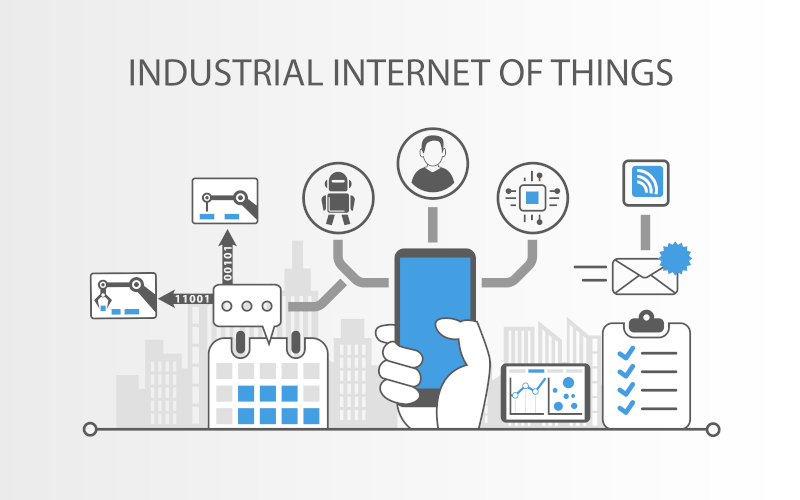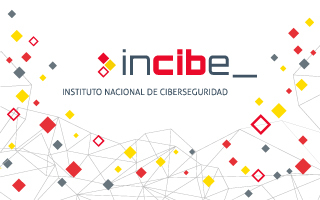
This article aims to present a brief example guide for an implementation of the new standard in a supplier's facilities.
Going through the critical points of the standard, a generic use case will be followed to exemplify how a vehicle manufacturer can adapt its processes to comply with the new standard in an efficient and effective way.
By presenting an overview of the standard and production processes, the aim is to provide a brief guide to serve as a starting point and help avoid common failures in industrial environments when faced with new regulations, such as redundancy of effort, inefficiency in resource management and deficiencies in the application of safety measures.

The UN R155 and UN R156 regulations are of vital importance for vehicle cybersecurity. From July 2022, all car manufacturers that want to be type-approved must comply with both regulations, but from July 2024 this requirement will be extended to all new vehicles sold in the European Union, regardless of when the manufacturer obtained type-approval. One of the most important aspects of compliance with both regulations is the completion of a cybersecurity risk assessment of the vehicle, including all integrated components of the vehicle's supply chain. On the other hand, it also specifies how to incorporate cybersecurity from design, how to detect and respond to incidents, how to securely update vehicle software, etc.

Babuk Tortilla is a version of the original Babuk ransomware, which emerged after the leak of its source code, and which attracted attention in the cybersecurity landscape due to the intention of being deployed on vulnerable servers.
This article reviews its origin and operation, focusing on its modus operandi and the techniques used to breach the security of data and systems. It also provides key tools and recommendations to identify and neutralize its effect on technological infrastructures, providing users with the necessary knowledge to defend against this significant risk. Understanding how Babuk Tortilla works and its recovery mechanisms is vital.

IoT networks are very useful for everyday life, but their use is not limited only to this type of environment; there are industrial environments where this type of networks can benefit connectivity between industrial devices and provide capabilities that other types of networks could not. The 3rd Generation Partnership Project or 3GPP developed the NB-IoT protocol, a protocol for when networks with higher performance, higher speed and high interconnectivity capacity between devices are required. This protocol can work both in IoT devices and in IoT devices in the industrial environment (IIoT).

The OPC UA (OPC unified architecture) communication protocol is the most modern standard presented by OPC Foundation. Currently, the OPC UA protocol is one of the most widely used in industrial environments, due to its ability to interconnect different devices, regardless of their base protocol and vendor.
Throughout this article, a technical assessment of the protocol will be conducted, explaining in detail the technical capabilities that allow a high level of cybersecurity to be implemented without causing performance losses in the devices.

Ransomware, one of the top cybersecurity threats in today's landscape, allows criminals to hijack data and demand ransoms. Although there are various families and variants, some are especially destructive. These cybercriminals have refined their methods, using everything from complex extortion to bug bounty-type programs. In the face of these challenges, we will explore tools and strategies to recover from and defend against such attacks.

The Hive ransomware (especially in its v5 version) stands out for its sophistication, and for the impact caused to hundreds of companies and organizations worldwide, bypassing conventional defenses and challenging analysts with its advanced techniques.
In this article, we unravel its features, from its encryption methods to its anti-analysis countermeasures, illustrating not only the threat it poses, but also how it can be combated. Through a technical analysis, it is intended to empower readers with the knowledge necessary to understand and ultimately defend against these types of threats.

The Avaddon ransomware appears as a disturbing threat that has demonstrated its ability to exploit vulnerabilities in systems, compromising the security and integrity of critical data.
This article dives into the details of how Avaddon works, while also providing a comprehensive analysis of strategies to detect and mitigate the threat.

The evolution of communications in society is also having an impact on the industrial world. With the arrival of 5G, many industrial companies have considered migrating some of their communications to take advantage of the characteristics of this new mobile communications band, such as the reduction of latency times, the increase in connection speed or the exponential increase in the number of devices that can be connected to the network. These characteristics fit perfectly with the industrial mentality, where there are a multitude of interconnected devices between which there cannot be a communication cut due to the criticality of the processes they implement.
This article aims to comment, in addition to all the advantages that 5G provides to the industry, the different uses that can be given currently and the complexity of implementing these communications in some devices for subsequent deployment in the industry. Also, to specify possible vulnerabilities in communications using 5G networks.




